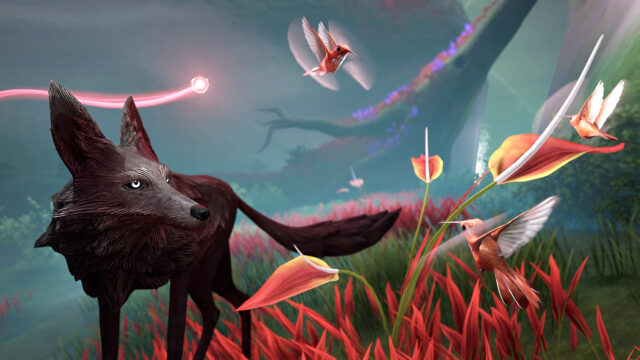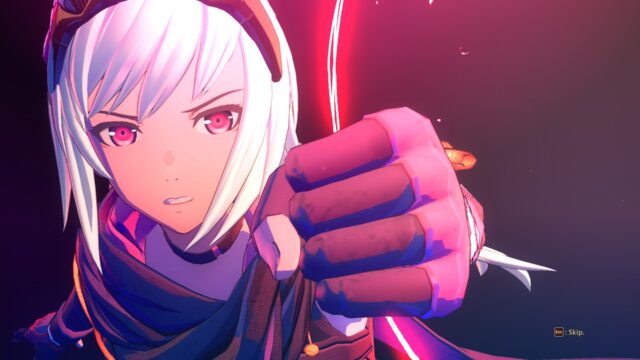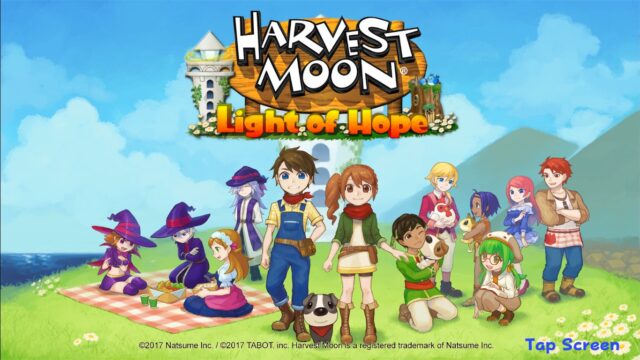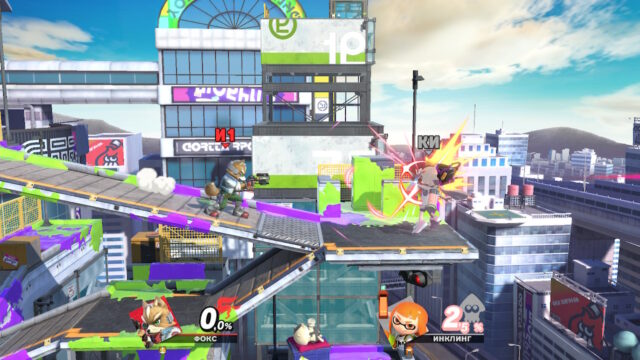Divinity: Dragon Commander Review
Dragons and jetpacks, Civilization and StarCraft. What happens if you combine all of this? Divinity: Dragon Commander.
Okay, in reality, it’s a bit more complicated, but the aforementioned elements are key when discussing this game. It’s not as complex of an RTS as StarCraft, and it hesitates to be compared in detail to Civilization. However, it does have dragons with jetpacks – thanks to them, the game already deserves separate attention. In other words, what else could possibly matter besides that?
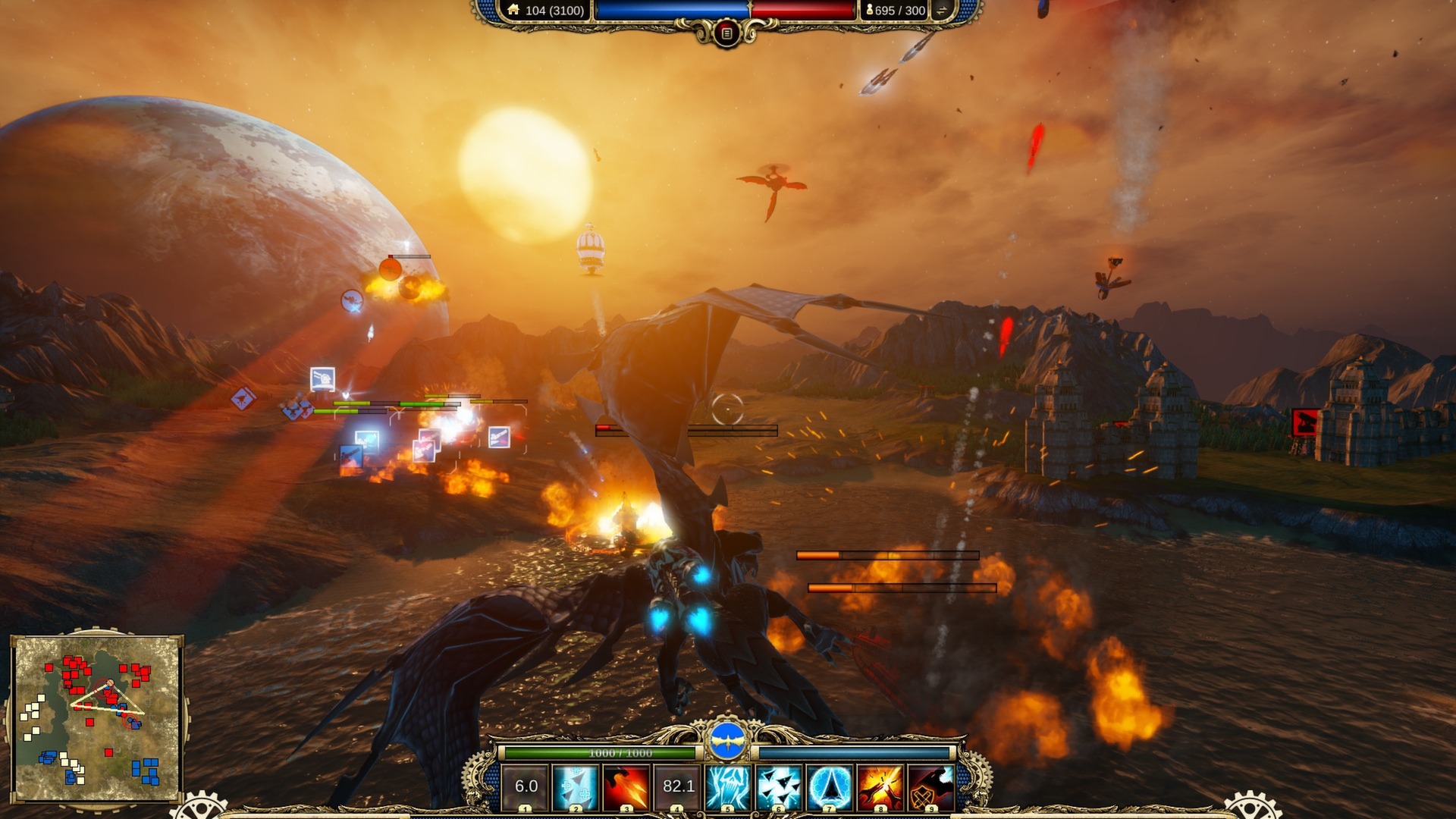
The single-player mode of Divinity: Dragon Commander offers a decent storyline about someone who can transform into a dragon and has to compete with equally reckless brothers and sisters. The story is presented through video inserts and is quite good, but it serves more as a justification for transitioning from one map to another.
Although it is difficult to understand from the tutorial, Divinity: Dragon Commander is a mix of strategic board games about territory control (or something else) and real-time strategy. In most matches, players move their pieces on the game board, trying to grab as much land as possible and dominate the map. The main problem is that the tutorial does not explain any of this to you.
After watching all the tutorial videos, you might come to the conclusion that you are dealing with a pure RTS – the mechanics of the board game component of the match are not touched upon at all. When you first enter the global map, you will see small hints that shed light on the basics, but they provide surprisingly little information. RTS elements are also not fully explained, and all non-interactive hints suffer from the same problem. There is a training ground where players can freely experiment, but it is not the best way to teach them anything.

The tabletop component works in a turn-based mode and requires global thinking for effective gameplay. There are two types of resources to capture: gold and resource points. The territories occupied by you each turn bring a certain amount of resource points, which is written directly on the countries themselves. In case of a battle, the player can lead an army with one of their generals with individual play styles, choose automatic battle calculation based on the chances of winning, or choose the Dragon-Commander and lead soldiers into battle themselves.
Battles take place like in regular RTS games, but with one feature: the hero can control a dragon and personally engage in battle. There are limitations: the dragon can only be summoned a couple of minutes after the start of the match (this requires resources that need to accumulate), and after its death, you will also have to wait for some time before summoning it again. The dragon has its own abilities, each with its own cooldown time. There are three types of dragons with different abilities for different play styles.
Controlling the dragon is similar toMagic CarpetThird-person shooter: everything is focused on action. Of course, you shouldn’t forget about your ground troops. Battles take place in tandem – the player as a dragon soars in the skies, while their army marches below. In dragon mode, limited squad control options are available, so you can give orders while simultaneously scorching enemy ranks. Once you get used to this control, it will be easier for you to deal with the enemy because, flying in the clouds and spewing fire, it is incredibly easy to forget about your soldiers.
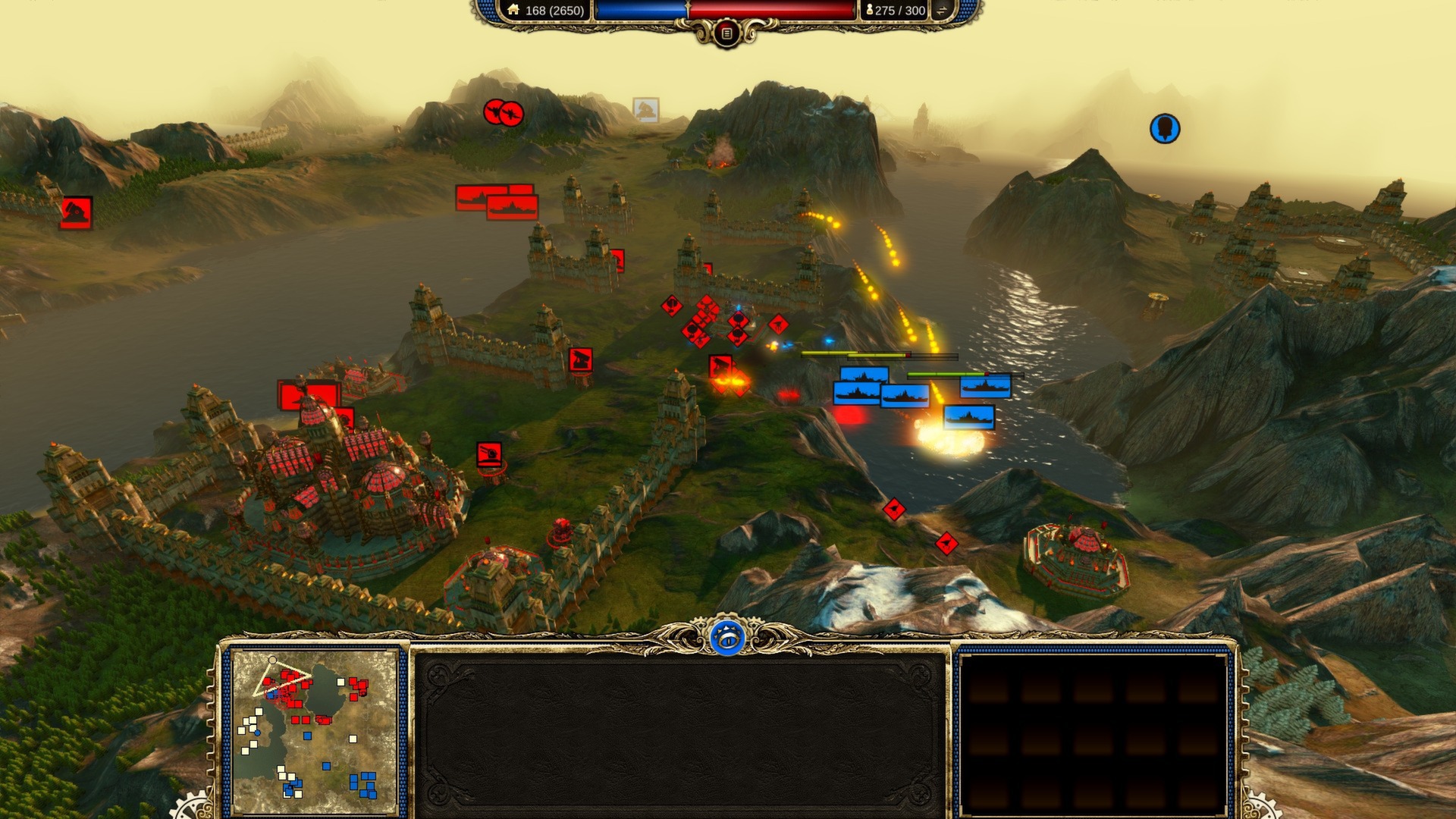
Playing as a dragon against computer opponents is not fair in any way – a battle with a 30% chance of winning is still won because the enemy does not have the advantage of a flying lizard. Therefore, the campaign on medium difficulty is easily and effortlessly completed, if the player understands when and how to best use their dragon. But if several battles take place in one turn, the player can only participate in one, entrusting the other two to the generals or enabling auto-battle. This helps the opponent to rest a little from the cheating dragon.
If we consider RTS battles without a dragon, they consist of a struggle for the resource Recruits. Recruits accumulate over time while the player owns recruitment centers built on special platforms. Such platforms are initially neutral and need to be captured by simply bringing units to them. At the very beginning of the match, it is very important to capture as many construction sites as possible to build recruitment centers and buildings for unit production.
There are many construction sites, so the player will have to decide what and where is best to build. Most maps have bodies of water and the ability to use boats to transfer battles from land to sea.
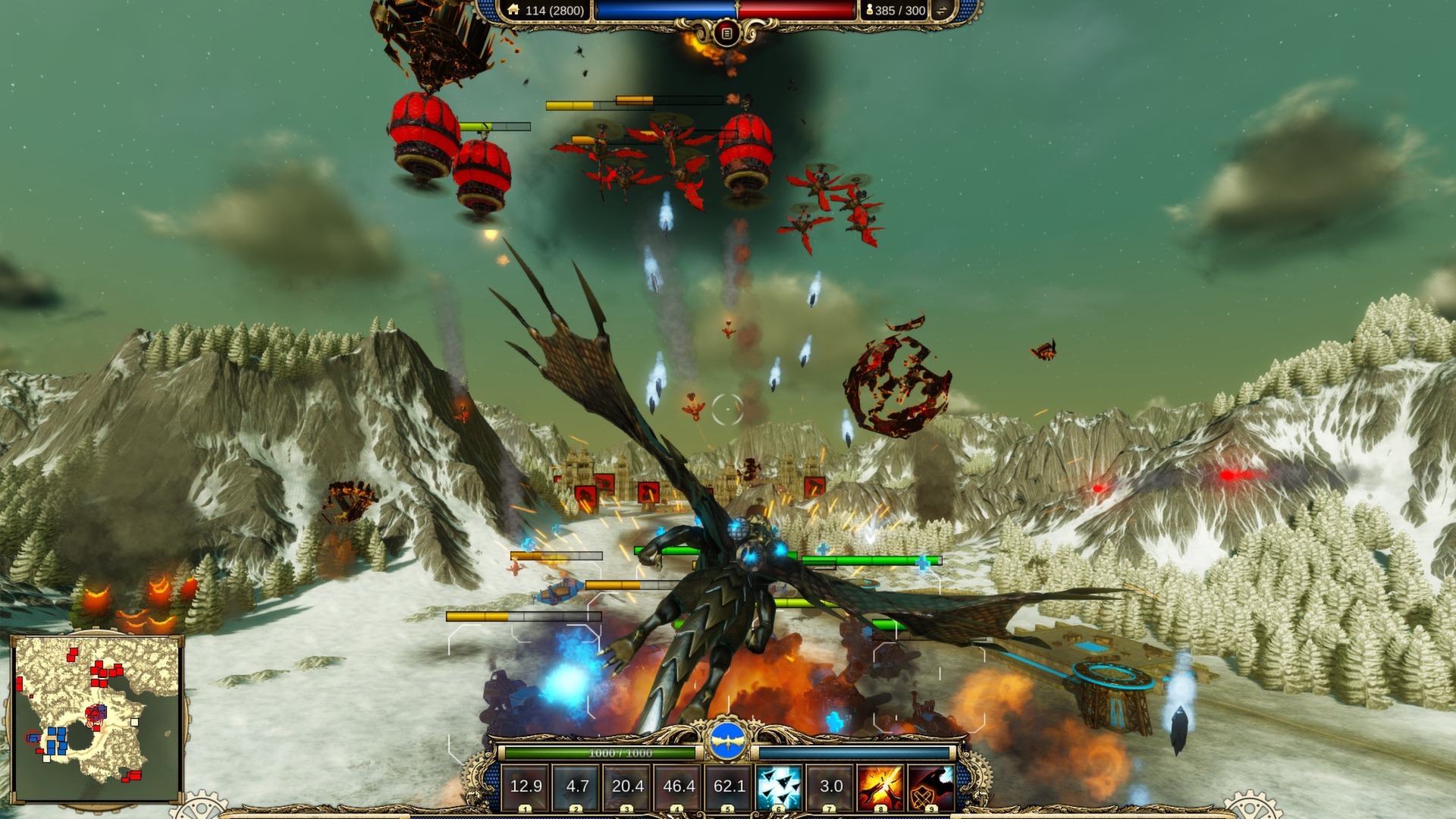
On the global map, you can also build structures after capturing new territories. Such buildings have multiple effects: increasing the country’s income per turn, increasing resources, or producing cards. Cards are strategic advantages that can be “played” before a battle or directly on the country itself. Some cards reduce the number of units in a selected area, while others add units to the player’s army or decrease the effectiveness of a certain type of enemy soldiers.
The control in RTS mode is not very convenient compared to genre standards. You can control individual groups, but the units are too slow for effective micro-management. Moreover, the camera constantly changes position when switching between dragon and regular modes, and having to rotate it again each time is annoying.
The main highlight of the single-player game is what happens between turns on the deck of the airship Voron. Here, diplomatic aspects come into play, and five advisors constantly pester the player with suggestions and recommendations for managing the country. Each advisor represents a specific race: Undead, Elves, Dwarves, Lizards, or Imps. The decisions made affect the relationship with these races, so one must choose wisely to please everyone.
On the Voron, the player also spends research points. Points, accumulated every turn, can be spent on acquiring units, unit abilities, or dragon abilities. Decisions in this regard are always difficult, as they can fundamentally change the style of play. Some may want to fully invest in the dragon, making controlled battles easier, while others may trust the generals and strengthen the army for automatic battles.

Such actions are seasoned with a good dose of humor. In one move, you will be offered to legalize elven herbs with “healing effects” for medical use, and in the next, you will be choosing a wife for a political marriage to strengthen relations with her race. There are many amusing situations and advisor suggestions, and it looks even funnier when they address you seriously.
A lot of effort has been put into the communication with the characters in Vorona by the developers. The dialogues are well-written and bring a genuine smile, without relying on cheap jokes. I found myself talking to the locals more and more just for the sake of new lines.
Of course, you can take the battles online to compete with others like yourself. Vorona does not have multiplayer modes, otherwise players would spend an eternity on it, but there are dragon-vs-dragon battles. There are two modes for this: Campaign and Quick Battle, which is a separate RTS map without the global mode. In the Campaign, everything is almost the same as in the single-player storyline, just without Vorona.
The main thing in multiplayer is dragons. Now you won’t win the battle immediately after summoning a dragon, because the enemy can do the same and fight back. The tactics change dramatically when you realize that the enemy dragon can appear at any moment – anti-aircraft troops are much more valued, as a coordinated group can quickly deal with such a threat. Dragon battles one-on-one are a real test of the player’s attentiveness: it becomes even more difficult to keep track of ground troops when you have to use abilities to the maximum and dodge.
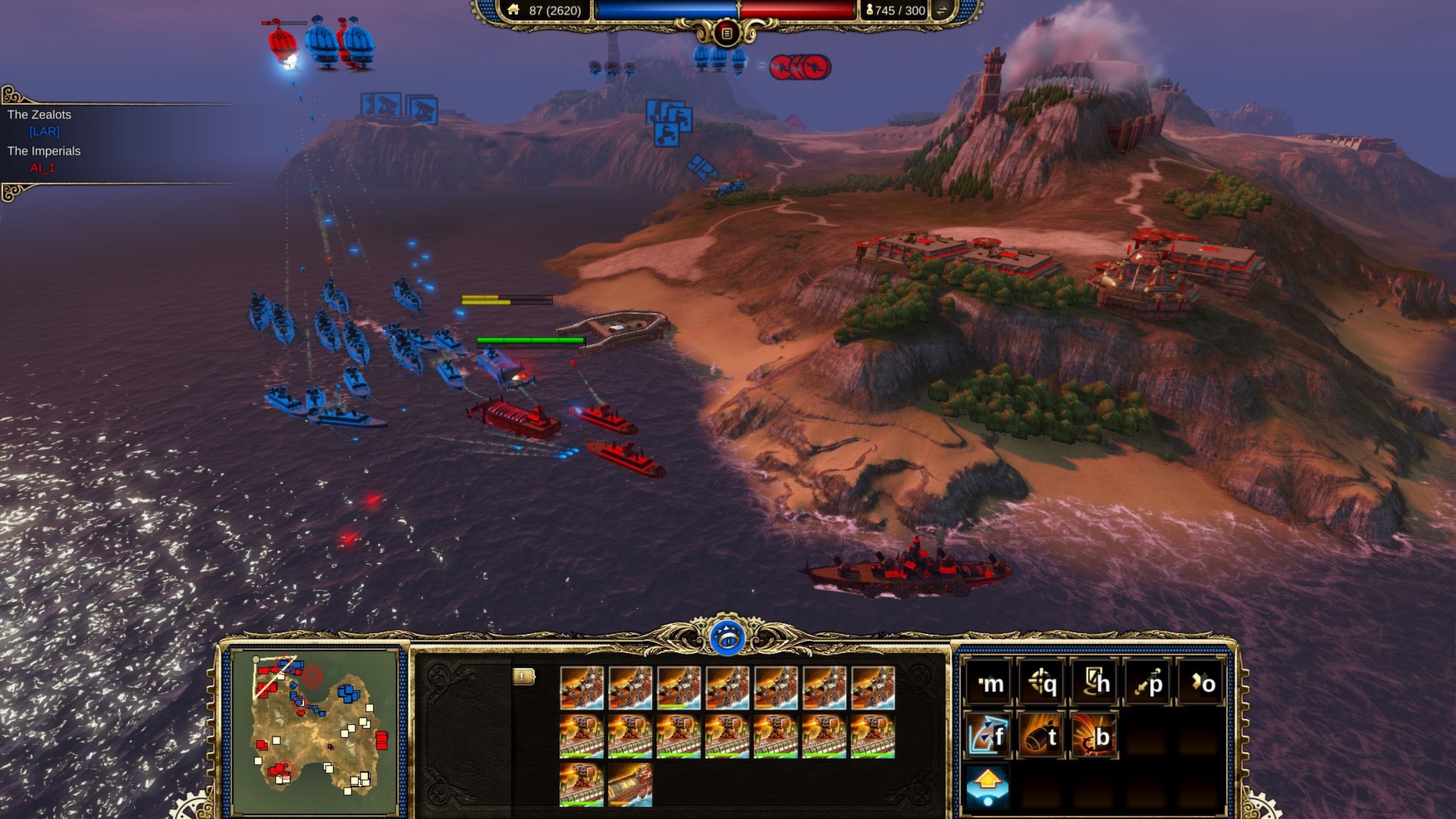
Each location and character look unique and beautiful, both in terms of graphical technology and design.
The voice acting in Divinity: Dragon Commander deserves special attention. Knowing that there would be many characters, I was worried about this beforehand. Fortunately, the actors did an excellent job and listening to them is a pleasure. Of course, not every character is voiced perfectly, but the fact that none of the voices are grating is already a relief.
Divinity: Dragon Commander is an excellent example of a game that is not just the sum of its parts. The RTS elements are a bit simple, but you can control a dragon with a cool jetpack between its wings and blow everything up, and the global mode will appeal to fans of contemplation. The conversations with the characters of the Raven are the best part of the game for me, when I’m not setting things on fire from the sky, and here the writing skill and wit that the Divinity universe has always been known for are clearly evident.
Divinity: Dragon Commander is capable of awakening the strategic dragon in the heart of each of us. It is a good game that will definitely find its audience. It lacks replayability, it is a bit short, and it has noticeable flaws, but overall it is very interesting.
Share
Discuss
More Reviews
